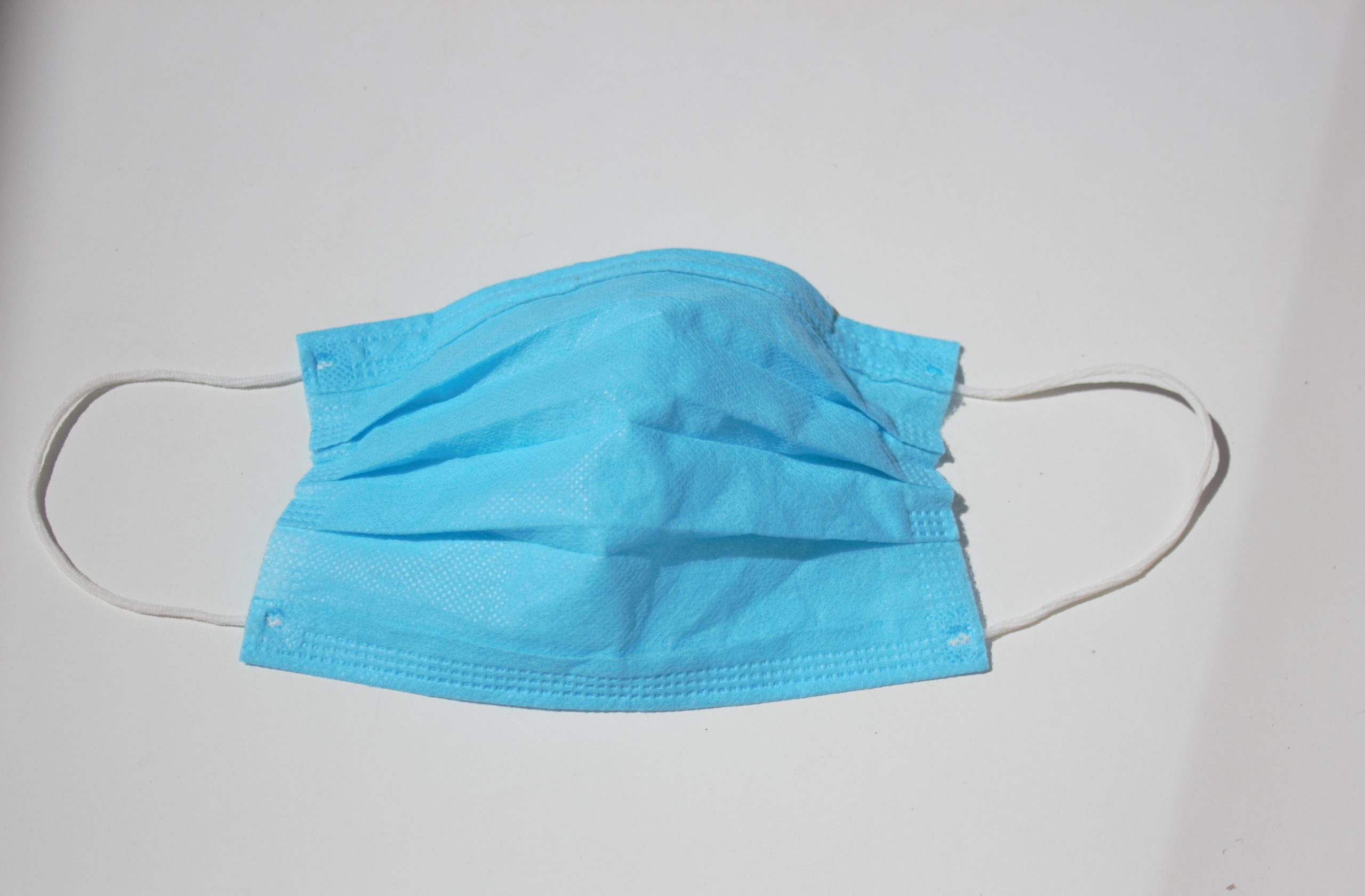
We love a good facial mask for keeping skin soft and supple (Obagi’s Professional-C Polish + Mask is one of our favorites). Unfortunately, a rejuvenating facial mask and the face masks that are currently recommended for keeping germs at bay don’t offer the same skin-enhancing benefits. Medical face masks are known to cause skin irritation and breakouts.
Masks are part of our new normal for the foreseeable future. Here are our tips for helping your skin to cope with the challenges of wearing a face covering frequently.
Common Skin Problems from Face Mask Use
Your skin hates your face mask. A mask traps dirt, oil, and moisture, leading to unsightly breakouts and uncomfortable skin. With all of us wearing masks more often, we are seeing more skin problems including:
- Maskne – Mask + acne = maskne. Zits, pimples, and blackheads can plague the areas of your skin under your mask.
- Irritation – Masks rub and can leave your skin broken and irritated around the ears and on the nose.
- Dry Skin – If you’re prone to dry skin, your mask may exacerbate it. Some masks absorb the skin’s natural oils, leaving your skin dried out and irritated.
- Allergic Contact Dermatitis – Are you allergic to your mask? Components used to make your mask can cause an allergic reaction in your skin. Formaldehyde, rubber, glue, and metal are common contributors to allergic reactions and can be found in many popular face masks. Allergic reactions aren’t always instant, often they take 2-3 days after contact to appear.
- Rosacea – Rosacea symptoms are often worsened by heat. Facial coverings can warm the skin, leading to a rosacea flare.
If you’re experiencing skin problems from your facial covering, know you’re not alone. It’s a common problem. Luckily, with a few tweaks, many problems are easily treated or prevented.
Lubricate Hotspots
If your mask is rubbing your skin and causing irritation, try a lubricating cream to reduce friction. Vasoline is easy to obtain and works really well to protect the skin when applied around the ears or along the bridge of the nose.
Wash When You Remove
When you take your mask off, give your skin a quick cleanse if you can to wash away dirt, sweat, and oils that were trapped on the skin while you wore your mask. Keep a facial cleansing wipe or two in your bag or car (there are several that come individually-packaged) so you can easily do this on the go.
Try a Different Style of Mask
If you’re experiencing skin irritation, especially contact dermatitis, a new mask may help. Change up the style, fabric type, etc. until you find options that work for you. For fabric masks, cotton is often less allergenic than polyester.
Common mask styles include:
- Bandana
- N95
- Surgical Mask
- Cloth Face Mask
Having a few styles of masks available, and changing them up regularly, is helpful to many of our patients.
Keep It Clean
When was the last time you washed your mask? If you’re using a reusable mask, make sure you’re regularly cleaning it. Follow the manufacturer’s instructions for washing and drying your mask.
Stick to Your Skincare Routine
In these crazy times, it is easy to fall out of routine. When you’re working from home, you may forget to care for your skin like you usually do. It’s important to follow a regular, daily skincare routine that includes cleansing and moisturizing.
Seek Out Professional Help
Don’t endure skin troubles from face mask use in silence. If you’ve tried these tips and are still struggling, give us a call. Our skincare experts can help you find relief.
Contact us or call us at (615) 467-6777 to schedule your consultation today.
